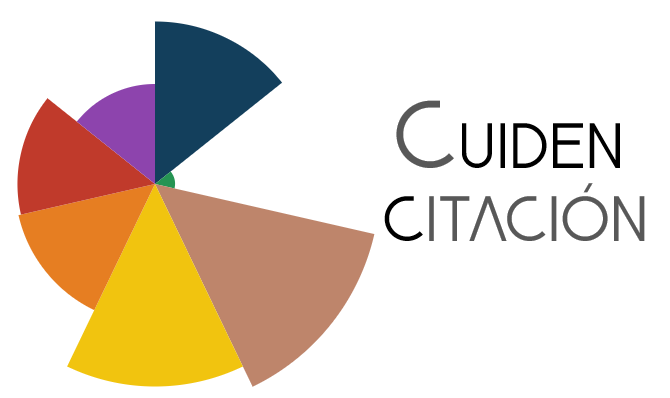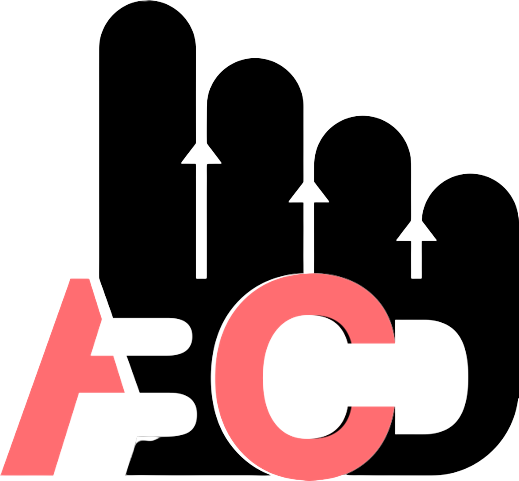Itinerário terapêutico de sobreviventes de acidente vascular cerebral em um hospital terciário nigeriano
DOI:
https://doi.org/10.15253/2175-6783.20212260840Palavras-chave:
Terapias Complementares; Reabilitação; Acidente Vascular Cerebral; Fisioterapia.Resumo
Objetivo: analisar o itinerário terapêutico de sobreviventes de acidente vascular cerebral, desde sua ocorrência até a reabilitação. Métodos: itinerário terapêutico percorrido por 12 sobreviventes de acidente vascular cerebral para resolver seus problemas de saúde foi explorado usando entrevistas em profundidade e análise temática. Resultados: as rotas dos sobreviventes foram influenciadas pelo tipo e estado do paciente no início do acidente vascular cerebral. A falta de capacidade contribuiu para indecisão entre buscar atendimento em hospitais privados ou públicos. A entrada na fisioterapia dependeu da demanda espontânea e de encaminhamentos realizados por médicos que atuam como sentinelas dos pacientes. O acidente vascular cerebral afetou significativamente a vida social dos sobreviventes. A extensão do comprometimento do acidente vascular cerebral e expectativas não atendidas promovem o pluralismo médico entre os sobreviventes. Conclusão: sobreviventes de acidente vascular cerebral estão envolvidos em itinerários terapêuticos complexos e extensos, caracterizados pela prática de busca de múltiplos cuidados.
Referências
Feigin VL, Norrving B, Mensah GA. Global burden of stroke. Circ Res. 2017; 120(3):439-48. doi: https://dx.doi.org/10.1161/CIRCRESAHA.116308413
Donkor ES. Stroke in the 21stcentury: a snapshot of the burden, epidemiology, and quality of life. Stroke Res Treat. 2018; 2018:3238165. doi: https://dx.doi.org/10.1155/2018/3238165
Hartford W, Lear S, Nimmon L. Stroke survivors’ experiences of team support along their recovery continuum. BMC Health Serv Res. 2019; 19:723. doi:https://dx.doi.org/10.1186/s12913019-4533-z
Mellor RM, Bailey S, Sheppard J, Carr P, Quinn T, BoyalA, et al. Decisions and delays within stroke patients’ route to the hospital: a qualitative study. Ann Emerg Med. 2015; 65(3):279-87. doi. https://dx.doi.org/10.1016/j.annemergmed.201410.018
Nogueira LMV, Teixeira E, Basta PC, Motta MCS. Therapeutic itineraries and explanations for tuberculosis: an indigenous perspective. Rev Saúde Pública. 2015; 49:96. doi: http://doi.org/10.1590/S0034-8910.2015049005904
Have PT. Understanding qualitative research and ethnomethodology. London (UK): Sage; 2004.
Graneheim UH, Lundman B. Qualitative content analysis in nursing research: concepts, procedures and measures to achieve trustworthiness. Nurs Educ Today. 2004; 24(2):105-12. doi: https://dx.doi.org/10.1016/j.nedt.2003.10.001
Søvsø MB, Christensen MB, Bech BH, Christensen HC, Christensen EF, Huibers L. Contacting out-of-hours primary care or emergency medical services for time-critical conditions – impact on patient outcomes. BMC Health Serv Res. 2019; 19:813. doi: https://dx.doi.org/10.1186/s12019-4674-0
Seremwe F, Kaseke F, Chikwanha TM, Chikwasha V. Factors associated with hospital arrival time after the onset of stroke symptoms: a cross-sectional study at two teaching hospitals n Harare, Zimbabwe. Malawi Med J. 2017; 29(2):171-6. doi: https://dx.doi.org/10.4314/mmj.v29i2.18
Al-Balushi SMA, Khan MFR. Factors influencing the preference of private hospitals to public hospitals in Oman. Int J ManagInnov Entrepreneur Res. 2017; 3(2):67-78. doi: https://doi.org/10.18510/ijmier.2017.323
Gleeson H, Calderon A, Swami V, Deighton J, Wolpert M, Edbrooke-Childs J. Systematic review of approaches to using patient experience data for quality improvement in healthcare settings. BMJ Open. 2016; 6(8):e011907. doi: https://dx.doi.org/10.1136/bmjopen-2016-011907
Mweshi MM, Shula HK, Nkhata LA, Chiluba B. The best time to start stroke rehabilitation: a review of the evidence in resource-adequate and resource constrained settings. J Prev Rehabil Med. 2016; 1(1):7-15. doi: https://dx.doi.org/10.21617/jprm.2016.0101.2
Olaleye OA, Lawal ZI. Utilization of physiothe- rapy in the continuum of stroke care at a tertiary hospital in Ibadan, Nigeria. Afr Health Sci. 2017; 17(1):79-87. doi: https://dx.doi.org/10.4314/ahs.v17i1.11
Odunaiya NA, Ilesanmi T, Fawole AO, Oguntibeju OO. Attitude and practices of obstetricians and gynecologists towards involvement of physiotherapists in management of obstetric and gynecologic conditions.Int J Women’s Health. 2013; 5:109-14.doi: https://dx.doi.org/10.2147/IJWH.S34350
Hatem SM, Saussez G, Faille M, Prist V, Zhang X, Dispa D, et al. Rehabilitation of motor function after stroke: a multiple systematic review focused on techniques to stimulate upper extremity recovery. Front Hum Nuerosci. 2016; 10:442. doi: https://dx.doi.org/10.3389/fnhum.2016.00442
Arowoiya AI, Elloker T, Karachi F, Mlenzana N, Khuabi LAJN, Rhoda A. Using the World Health Organization’s Diability Assessment Schedule (2) to assess disability in community-dwelling stroke patients. S Afr J Physiother. 2017; 73(1):343. doi: https://dx.doi.org/10.4102/sajp.v73i1.343
Haley WE, Roth DL, Hovaster M, Clay OJ. Long-term impact of stroke on family caregiver well-being. Neurology. 2015; 84(13):1323-9. doi: https://dx.doi.org/10.1212/WNL.0000000000001418
Stub T, Quandt SA, Arcury TA, Sandberg JC, Kristoffersen AE. Complementary and conventional providers in cancer care: experience of communication with patients and steps to improve communication with other providers. BMC Complement Altern Med 2017; 17(1):301. doi: https://dx.doi.org/10.1186/s12906-017-1814-0
Amira OC, Okubadejo NU. Frequency of complementary and alternative medicine utilization in hypertensive patients attending an urban tertiary care Centre in Nigeria. BMC Complement Altern Med. 2007; 7(1):30. doi: https://dx.doi.org/10.1186/1472-6882-7-30
Borse SP, Singh DP, Nivsarkar M. Understanding the relevance of herb-drug interaction studies with special focus on interplays: a prerequisite for integrative medicine. Porto Biomed J. 2019; 4(2):e15. doi: https://dx.doi.org/10.1016/j.pbj.0000000000000015
Downloads
Publicado
Como Citar
Edição
Seção
Licença
Copyright (c) 2021 Rev Rene

Este trabalho está licenciado sob uma licença Creative Commons Attribution 4.0 International License.









